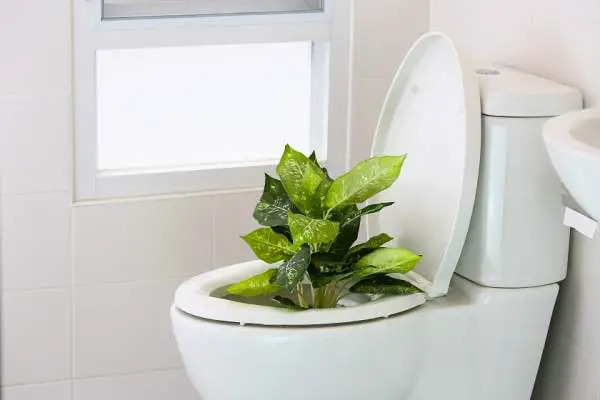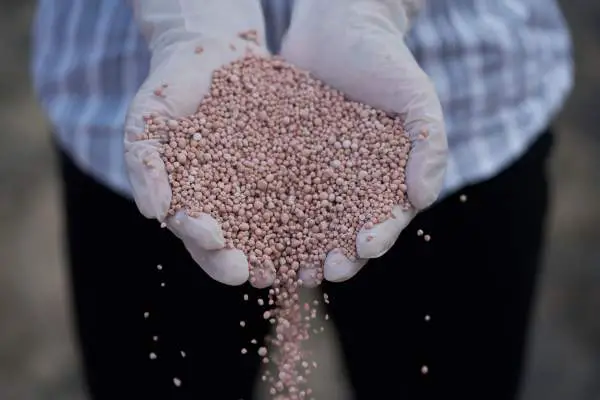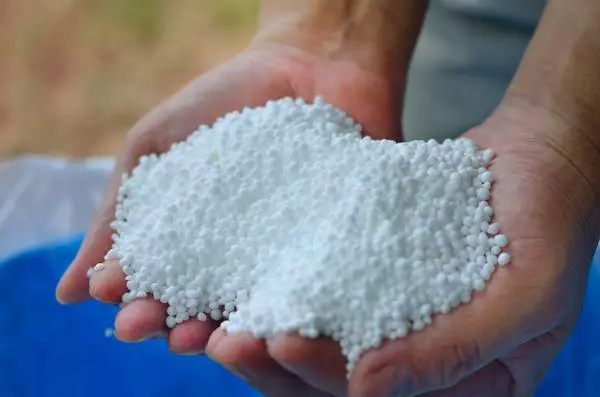New growers will often become confused when flushing is spoken about. It isn’t so much how to flush that becomes confusing; it is the question “Why do hydroponics need Flushing?” that many growers are unsure about. One of the main reasons to flush your hydroponics is to maintain system cleanliness.
The second is a little more in-depth because it occurs at a different time, and for a very specific reason.
Here we will look at both kinds of system flushing, why there is a difference between flushing a system after a harvest and before a harvest, and how you can flush systems quickly and easily.
In a quick summary, here is what routine hydroponics flushing can help with:
- Removes excess salts and harsh compounds
- Ensures a balance of nutrients
- Allows you the opportunity to clean a system
- Restoring crop growth in dying plants
- Leading to better growth and flavor
Flushing Plants for Maximum Yields and Flavor
This can be the area that confuses new growers and can cause them to make mistakes that affect the final growth of their plants and crops.
Flushing before a harvest doesn’t need to be complicated, and it doesn’t matter what brand of nutrient mixes you use; it can still offer you many benefits.
Why flush hydroponics before a harvest?
Growers may not realize that flushing systems before harvest is an easy method of increasing the final crop quality. To top this, it is free to do.
The reason this helps is, the process plants go through in the vegetative phase where they absorb the nutrients can actually cause them to have a buildup of salts or other compounds, which are not beneficial.
If these are left in the system during harvest phases, it can compromise the outcome of the crops. This final flushing has some potential benefits like reducing the harshness of the product and removing traces of chemical taste from crops.
This leads to a final improvement in overall plant quality as the plants are not wasting any energy to absorb nutrients as they would usually.
When and Why to Flush Before Harvests?
It does take some consideration when to begin flushing before a harvest as it can have repercussions. If you do this too early, you won’t be just removing these excesses; you will start to deprive your crops of nutrients and leave yourself with nutrient deficiencies.
Growing medium in use can also make a difference. DWC growers can have the shortest flushing time as whatever they do will immediately affect them. If using coco coir, then this can have the longest flushing time because the medium retains a high level of nutrients.
The ultimate goal is to rid your plants of the excess salts; however, when you use plain water, you rely on this to cleanse your plant, growing medium, and root system of these salts. You are starting to starve plants right before a harvest. While this may sound counterproductive, it does force the plants to use any excess nutrients they have in their system.
It is here where plants take on a more natural flavor and smell. There are solutions you can purchase which contain chelates. These can remove the harmful residues from all the areas of plants and systems, as they contain a broad type of chelates for this purpose. End results of crops can be bountiful, and these solutions are effective, yet some can cause shock to plants.
Flushing to Correct Nutrient Lockout and System Cleans
While we have this kind of flushing second, for many growers, it can be the more common kind of flushing they will ever do. This flushing can be very useful when plants have nutrient deficiencies or are showing signs of toxicity.
Growers may be doing everything right, and still, they find their plants are exhibiting these symptoms. It can be frustrating, and as they try to correct these problems, they make matters worse and risk losing all their crops.
In most cases, the mineral buildup, as seen above, causes these issues. There are different methods you can use depending on the system type. As we saw, a DWC system or an aeroponics system doesn’t have any growing medium. Flushing this can be as easy as draining your tank and making a complete solutions swap.
The reason is that there is no growing medium to hold these excess nutrients. This can be more intensive if you are using coco coir, Rockwool, or any other soilless growing media. You will need a solution to be pulled through your medium to flush out the excess salts.
As we saw above, you can purchase dedicated flushing mixes, although, you can do this with a diluted solution. A diluted solution may be advisable, as your crops will already be accustomed to this, albeit in a stronger ratio.
Fertilizers can be weakened to 1/8th strength. You will need between five and ten times the regular amount you feed to your plants.
Many growers may skip this step, carry out a full system flush, and start again. While this is the definitive way of knowing what your nutrient levels are and your pH level, this can be a solution to correct your nutrient lockout or deficiencies without putting a halt to your system and cleaning while it is full of plants.
Do I need to flush with Organic Fertilizers?
Organic fertilizers work in different ways when they are in a hydroponic system. Many growers make their own rather than opting to purchase the regular three-pack solution of nutrients.
If you use organic fertilizers, it will be a case of monitoring systems to check the TDS, the PPM, and the pH level. In many cases, you can find out there is no need to flush during the transition as the type of nutrients being administered isn’t changing to such an extent.
Generally speaking, organic will have microorganisms breaking down before being fed to plants. This does, however, take place in soils or growing mediums. Some growers will still flush their system with fresh water in the final week to ensure there is no ill effect.
One thing to notice is there will be no salt build-up when using organic nutrients as there isn’t the same composition of salts that normally causes issues.
Flushing Systems for Cleansing Purposes
If you are flushing to keep your system clean, you will find the steps are the same regardless of the nutrients used. The only difference is the kind of system you have. Here are the basic steps of flushing to keep your system clean:
Draining your reservoir
If using a water pump, drain down using this and a run-off hose. Water levels should reach the top of your pump, where you then scoop out the remaining couple of inches. Some reservoirs come with drain valves. If you have a drain area, you can drain directly by using this.
Cleaning the Reservoir
Remove any sediment or algae and then top up with water and use the hydrogen peroxide cleaning method for sterilization. This will be easier to clean than using bleach as this needs triple flushing to remove all traces.
Fill the Tank
When cleaned, rinsed, and wiped dry, you can fill your system and let it run before checking the pH levels. You can then add your new batch of nutrients and re-check your readings. You can begin adding your plants to your system when these are in line.
Conclusion
As you can see, there are a couple of reasons why and how you can flush your systems. Not every method works for every grower because no two crops are the same. Many growers experiment to find the optimal flushing methods.
This is more the case during the transition as there is more of a final effect on the resulting crops (crop dependent); however, this kind of flushing can leave crops tasting more natural.
This alone makes flushing during the final week of growth worthwhile. Having a bumper crop that doesn’t contain any taste of nutrients will be hard to beat in anyone’s book. Not to mention, it can make cleaning your system easier once that time comes around.





